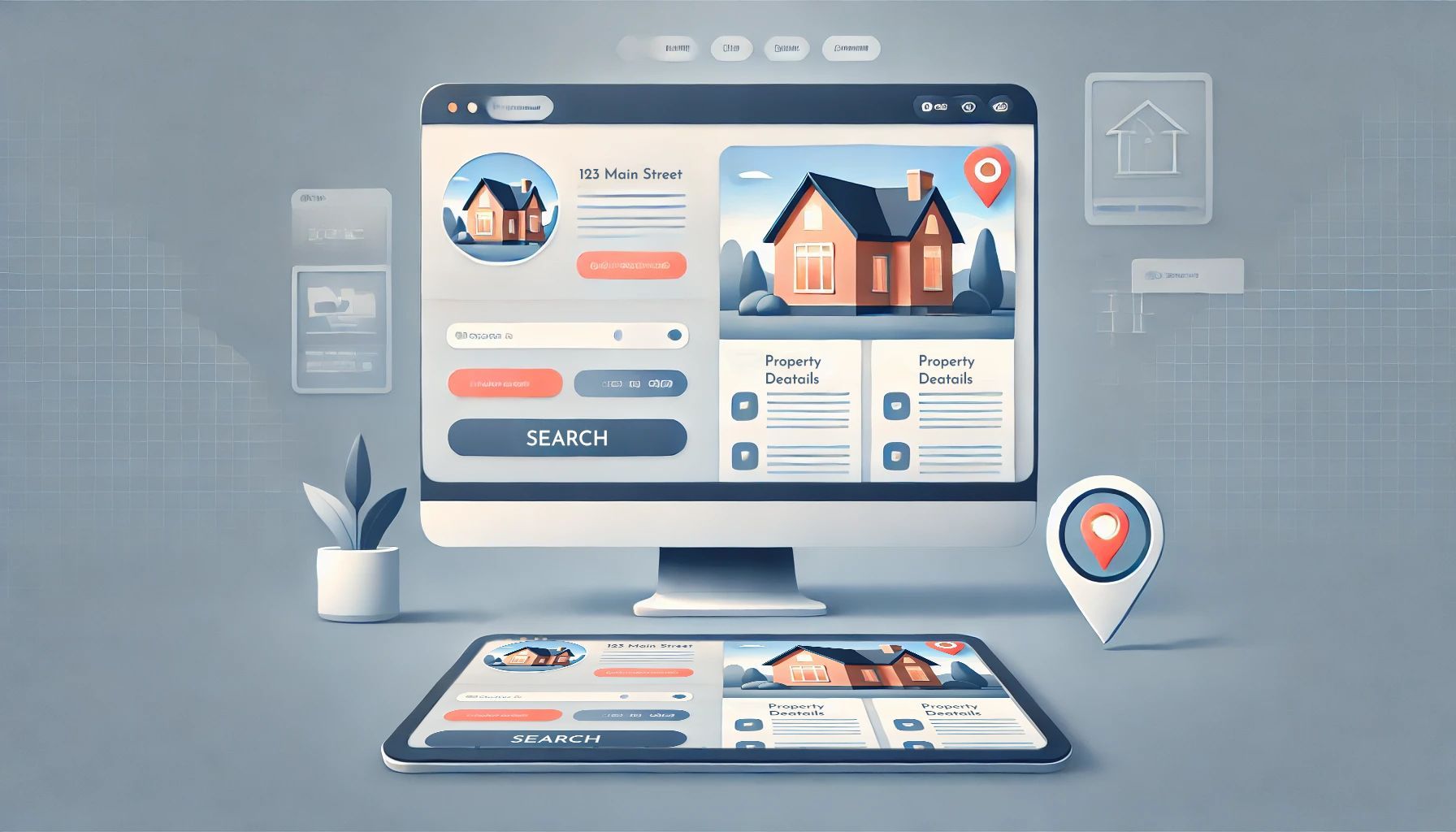The Real Estate Creative
Elements of Branding for Real Estate Agents
Crafting Your Unforgettable Real Estate Identity
I’ve spent years working closely with real estate agents of all backgrounds, and I’ve seen firsthand how a powerful personal brand can transform not only their business but also their confidence in the market. My goal is to help you discover the unique attributes that set you apart and communicate them in a way that resonates with your target audience. I know it can feel daunting to juggle social media posts, property listings, and client relations all at once, so my aim is to simplify the process and offer practical, proven techniques you can apply right away.
Whether you’re just starting out or you’ve been in the game for years, a well-crafted brand can be a game-changer for generating leads, building trust, and ultimately closing more deals. It’s not just about logos and color palettes; it’s about telling your story and showing clients why they should choose you over the competition. Together, we’ll unpack the key elements of effective branding—visual identity, messaging, and tone—and shape them into a narrative that authentically represents who you are and what you have to offer. Let’s dive in!
Visual Identity
Logo
- Purpose: A logo is the most recognizable aspect of your brand. It should be simple, memorable, and reflective of your unique selling proposition.
- Tips:
- Consider using shapes or symbols associated with homes, neighborhoods, or your specific niche (e.g., luxury real estate, first-time buyers, etc.).
- Ensure the design is clean and scalable so it looks good whether on a billboard or a social media profile picture.
- Use consistent versions of your logo across all channels—website, business cards, social media, signage—so clients quickly identify your brand.
Color Palette
- Purpose: Colors evoke emotion and set the tone for how clients perceive you. They can convey trust, warmth, professionalism, or energy.
- Tips:
- Pick 2–3 primary colors that complement each other and align with your brand’s personality (e.g., deep blue for trustworthiness, green for growth and eco-friendly focus, etc.).
- Use these colors consistently in your marketing materials—everything from digital ads and social posts to brochure layouts.
- Consult color psychology guides to ensure your choices align with desired brand attributes.
Typography
- Purpose: Fonts also communicate your brand’s tone—bold and modern fonts suggest a cutting-edge feel, while classic, serif fonts often convey reliability and tradition.
- Tips:
- Select one main font for headings and another for body text.
- Maintain uniform text styles across your website, social graphics, and print materials to create a cohesive feel.
- Legibility is key—make sure your fonts are easy to read on both desktop and mobile.
Website Design Consistency
- Purpose: Your website often serves as a potential client’s first impression of you. A cohesive, visually appealing site encourages visitors to stay and learn more.
- Tips:
- Extend your logo, color palette, and typography to your website’s layout.
- Keep navigation intuitive, ensuring properties are easy to find and contact information is clearly displayed.
- Use consistent imagery (property photos, personal headshots) that aligns with your brand personality.
Messaging & Tone
Defining Your Voice
- Why It Matters: The way you speak to clients—both online and offline—plays a huge role in shaping their perception of you. Whether you choose a warm, conversational style or an authoritative, data-driven approach, your voice needs to align with your target audience’s preferences.
- Tips:
- Consider your ideal client profile. Are you catering to first-time homebuyers who may need a supportive tone, or are you dealing primarily with luxury clients who expect a polished and sophisticated style?
- Keep your tone consistent across platforms: emails, social media captions, property listings, and even in-person interactions.
Consistency in Communication
- Purpose: Clients should feel they know “who you are” no matter where they encounter your brand.
- Tips:
- Create a brand style guide with examples of how you address different scenarios (e.g., responding to inquiries, following up after showings).
- Use consistent language for key brand messages like your mission statement or value proposition.
- If you have a team, ensure everyone uses the same tone and messaging style to avoid confusion.
Showcasing Expertise
- Purpose: In real estate, credibility is paramount. Your tone and messaging should underscore your knowledge of the market.
- Tips:
- Use data and market insights in your content to demonstrate expertise.
- Share success stories or testimonials that showcase your negotiation skills, community knowledge, and client satisfaction.
- Balance facts and figures with an approachable, human-centered tone so you don’t sound robotic.
Brand Story
What Sets You Apart?
- Purpose: Your brand story should highlight the unique reasons clients should work with you. It’s the “why” behind your services.
- Tips:
- Reflect on your personal and professional journey—what inspired you to specialize in real estate?
- Identify your passion points: Is it helping families find their forever home? Supporting retirees in downsizing?
- Highlight any special training, certifications, or notable achievements that make you stand out.
Establishing Trust
- Why It Matters: Real estate transactions involve significant financial and emotional stakes. Clients need to feel they can rely on you.
- Tips:
- Integrate authenticity into your story. Share challenges you’ve overcome and lessons you’ve learned.
- Show genuine care for your community. Involvement in local events or charities can demonstrate your commitment beyond just making sales.
- Encourage past clients to share testimonials or reviews that speak to their experiences working with you.
Communicating Your Core Values
- Purpose: Values-based branding resonates with clients who share your principles—like honesty, transparency, or community-centered service.
- Tips:
- Be explicit about the values that guide your approach (e.g., “We prioritize long-term relationships over one-time transactions.”).
- Reinforce these values in everyday client interactions—follow through on what you promise.
- Weave these values into social media posts, email newsletters, and even open house presentations.
Putting It All Together
- Create a Style Guide
- Document your logo usage, color codes, typography choices, and brand voice.
- Distribute it to team members (if applicable) so everyone stays aligned.
- Consistency Across Digital Touchpoints
- Review your website, social media profiles, and email templates to ensure you’re using the same colors, fonts, and tone.
- Update old materials to match your new branding elements.
- Develop a Core Message
- Craft a concise statement that communicates your unique value (“I help growing families find homes that fit their needs and future goals.”).
- Reference this core message in your online bios, email signatures, and property listings.
- Tell Your Brand Story Everywhere
- Incorporate short snippets of your story in social media content, on your About page, and in listing presentations.
- Add a personal touch—potential clients connect with real people, not just agents.
- Evolve Over Time
- Regularly reassess your branding elements. Trends and market conditions change; your brand should stay relevant while remaining true to your core identity.
Final Thoughts
Branding isn’t just about looking polished; it’s about communicating your real estate expertise, your personality, and the genuine care you offer clients. A strong brand does more than stand out in a crowded market—it builds trust, fosters loyalty, and supports long-term success. Whether you’re a solo agent or managing a team, your brand’s consistency across visual elements, messaging, and story will help you attract the right clientele and establish a reputation as an industry leader.
Use these insights to refine your branding approach, and you’ll find that each marketing effort—from Facebook ads to open house flyers—will reinforce a cohesive, compelling identity that resonates with your audience.






